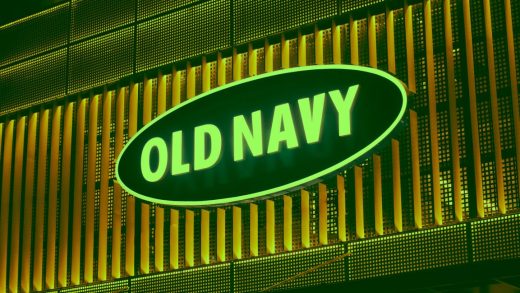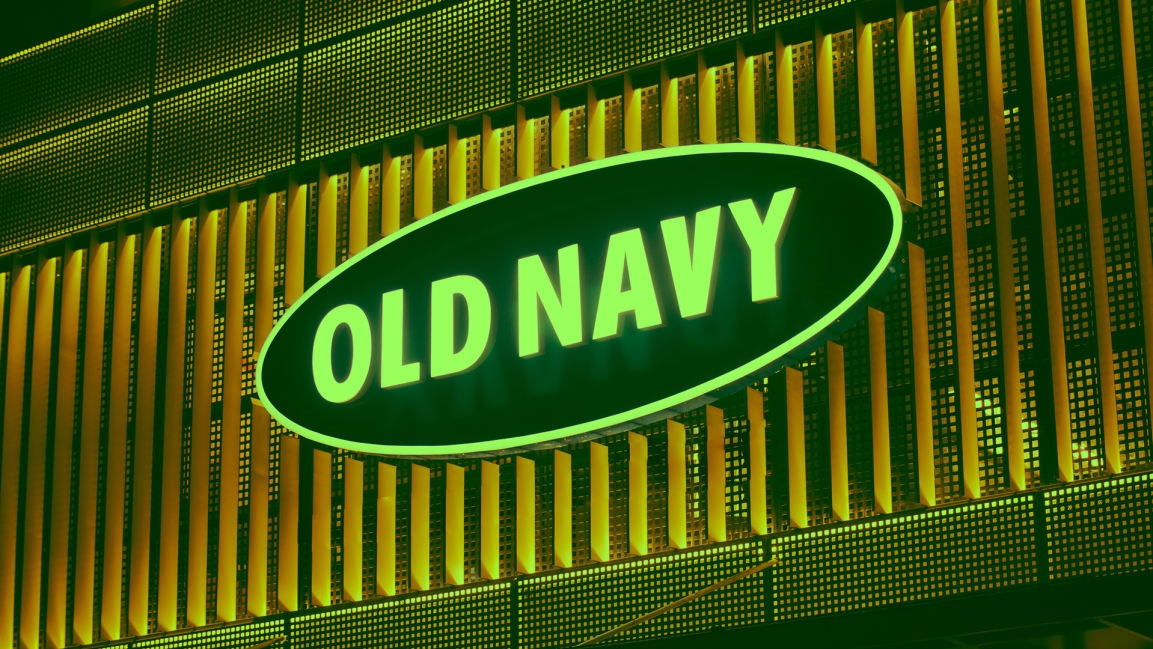The simple reason why Gap Inc. is spinning off Old Navy into its own brand
Today, Gap Inc. announced that it is splitting into two independent, publicly traded companies. Old Navy, the one brand within the portfolio that has been thriving over the last few years, will exist as its own entity. Meanwhile, the other brands within the umbrella–Gap, Athleta, Banana Republic, Intermix, and the newly launched Hill City–will fall under a different holding company. In 2017, Old Navy’s sales were $7.2 billion, while Gap’s were $5.3 billion, and Banana Republic’s were $2.4 billion.
According to a statement released by the company, this move came because the Gap Inc. board of directors identified that Old Navy now differs considerably from the other brands in the family.
“[I]t’s clear that Old Navy’s business model and customers have increasingly diverged from our specialty brands over time, and each company now requires a different strategy to thrive moving forward,” said Robert Fisher, Gap Inc.’s board chairman. “Recognizing that, we determined that pursuing a separation is the most compelling path forward for our brands–creating two separate companies with distinct financial profiles, tailored operating priorities and unique capital allocation strategies, both well positioned to achieve their strategic goals and create significant value for our customers, employees, and shareholders.”
Over the last couple of years, Old Navy has buoyed Gap Inc., even as other brands within the network experienced declines in sales and foot traffic to stores. Old Navy’s success can partly be attributed to the fact that it mimicked fast fashion brands, and fed into consumer demands for cheap, fashionable clothes quickly. Old Navy’s supply chain was the fastest among all of the brands within Gap Inc., allowing the company to respond new trends quickly. Meanwhile, Gap’s designers often made bad bets about what customers would like, forcing the company to discount products heavily, which had the effect of diluting the brand.
So why spin off the most successful brand in the family? This approach will allow Old Navy to become financially independent and not be weighed down by the struggles of the other brands. The Old Navy supply chain was also woven into that of Gap Inc., and by separating, it can make decisions that will be even more effective for the business.
Meanwhile, the other brands in the portfolio will need to figure out how to survive in the modern world of retail. This could take time. Many modern fashion brands–epitomized by Everlane, American Giant, and Reformation–have chosen a direct-to-consumer approach that allows them to be closer to the end customer, better catering to their needs. These new brands have also mastered the art of manufacturing quickly, without compromising on quality. In contrast, customers have complained about the quality of products Gap brands produce.
Gap Inc. seems to be aware that it needs to evolve to stay alive. Last year, it launched a new brand called Hill City that borrows directly from the direct-to-consumer playbook. The men’s brand sells products exclusively online, and drops new collections all the time, in response to current customer needs. Hill City is still in its infancy, but it might be a sign that Gap is working hard to modernize. And it doesn’t want to hold back Old Navy as it tries to keep up with the young upstarts on the market.
(33)



